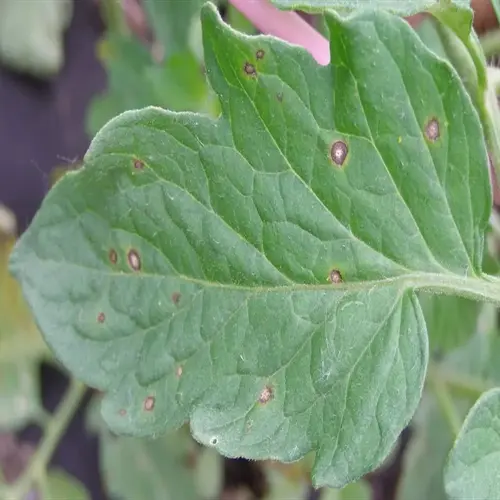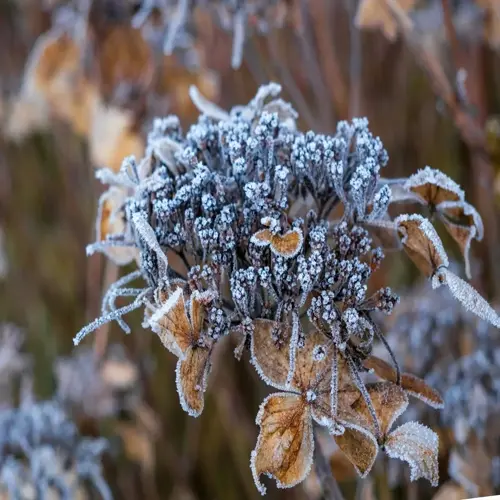Are purple grow lights better than white LEDs?

Written by
Nguyen Minh
Reviewed by
Prof. Samuel Fitzgerald, Ph.D.The topic of purple versus white LED grow lights is highly debated among indoor gardeners. Research in horticulture has found that white LEDs outperform purple LEDs by a large margin. Growing basil with a white LED produced a 30% higher growth rate compared to an equivalent purple LED. Knowing some basics of spectral science will help you understand lights as you select your light source.
Full-spectrum white LEDs operate efficiently in contrast to purple LEDs. They supply wavelengths that are equally distributed to cover all plants' photosynthetic needs while maximizing efficiency. Purple lights consume 20-30% of the energy on unused green/yellow spectra. White lights obtain higher μmol/J ratings, indicating better plant response.
Spectral Efficiency
- Cover 400-700nm range without gaps
- No energy wasted on unused wavelengths
- Mimics natural sunlight effectively
- Provides complete PAR spectrum
Plant Response
- 30% faster vegetative growth observed
- Higher terpene production in flowering plants
- Balanced root-to-shoot development
- Reduced light stress symptoms
Human Comfort
- Natural white light reduces eye strain
- Accurate plant health assessment
- Better color rendering for problem detection
- Pleasant workspace environment
The myth of the purple light originated from the limits of early LEDs. Given the poor lumen output of Red and Blue LEDs, manufacturers began mixing the two to compensate for their poor lumen performance. Today's white LEDs utilize sophisticated phosphor coatings to deliver a similar lumen output and provide the correct spectra without mixing. This design advancement means purple lights are no longer necessary.
Select high-quality white LEDs for optimal results. Select LEDs with a high CRI (90+) and R9 value. Samsung and Bridgelux diodes are well-known for their excellent performance. Avoid purchasing inexpensive fixtures that produce sporadic spectral spikes. Your plants will show noticeable improvement in a few weeks!
Adapt the spectrum seasonally as conditions dictate, considering adding a supplemental red during flowering stages. Continue to prioritize the blue side during vegetative growth. These minor adjustments enhance performance further when using white LEDs. This is how you achieve maximum yield potential per garden.
Read the full article: 10 Best Indoor Grow Lights for Healthy Plants

